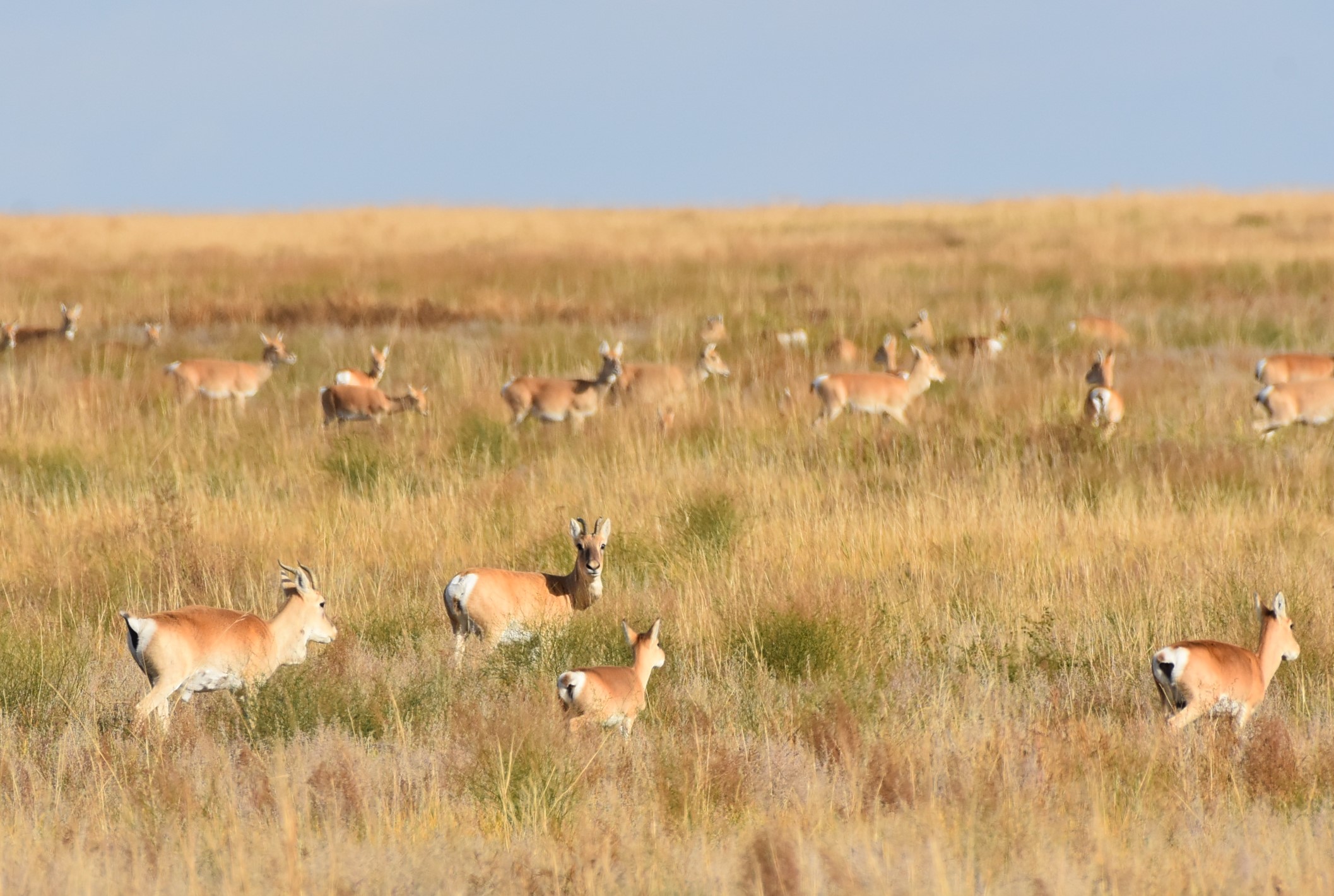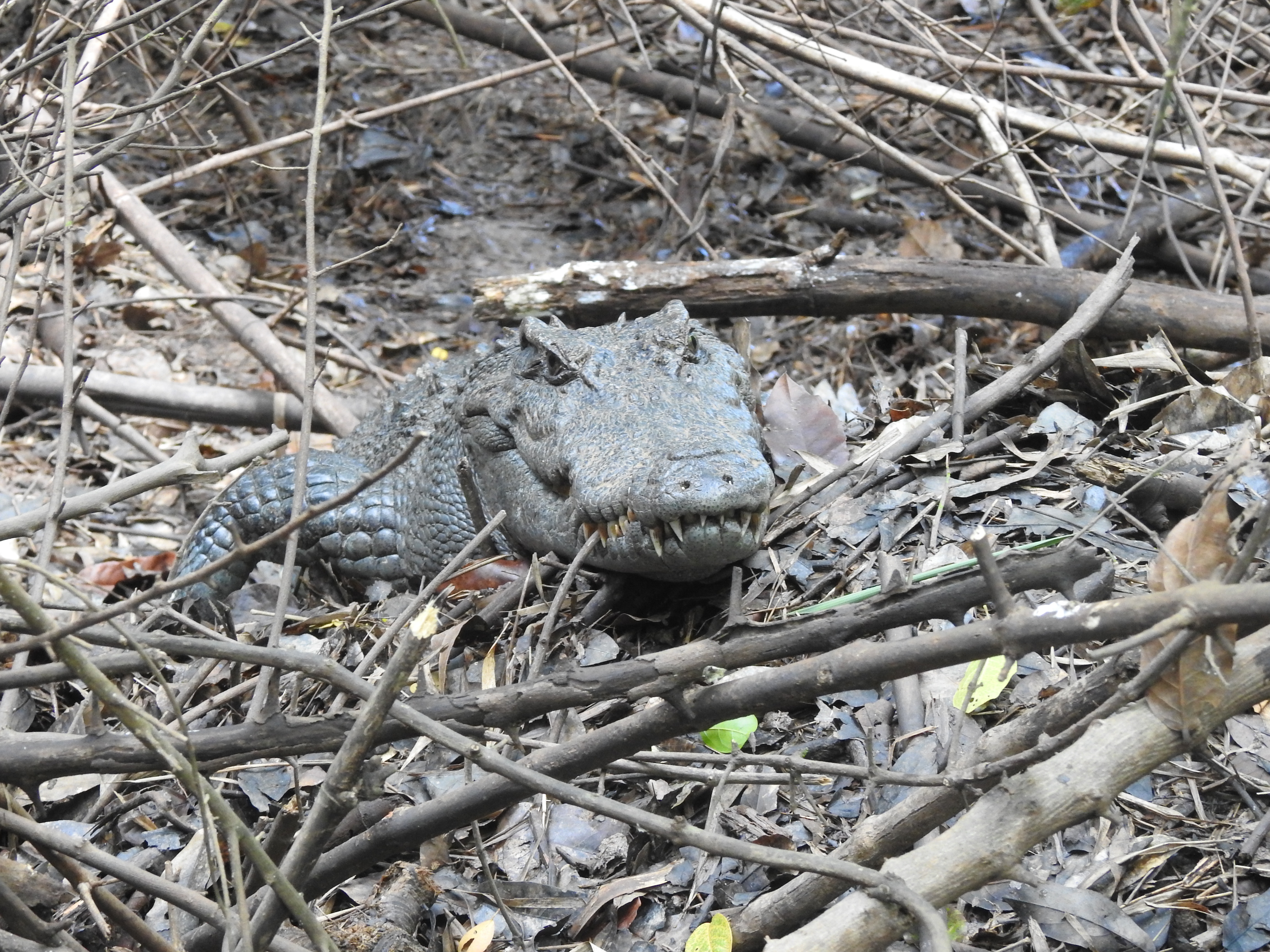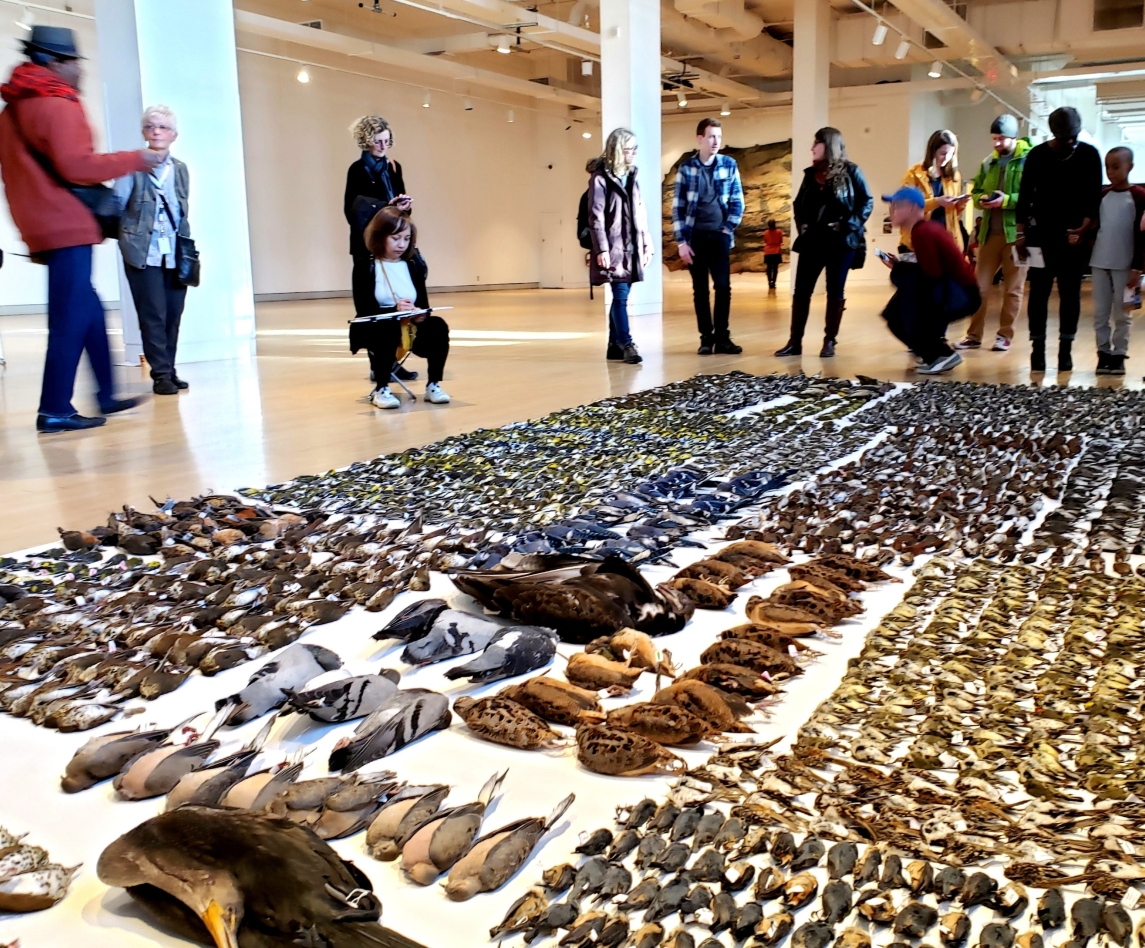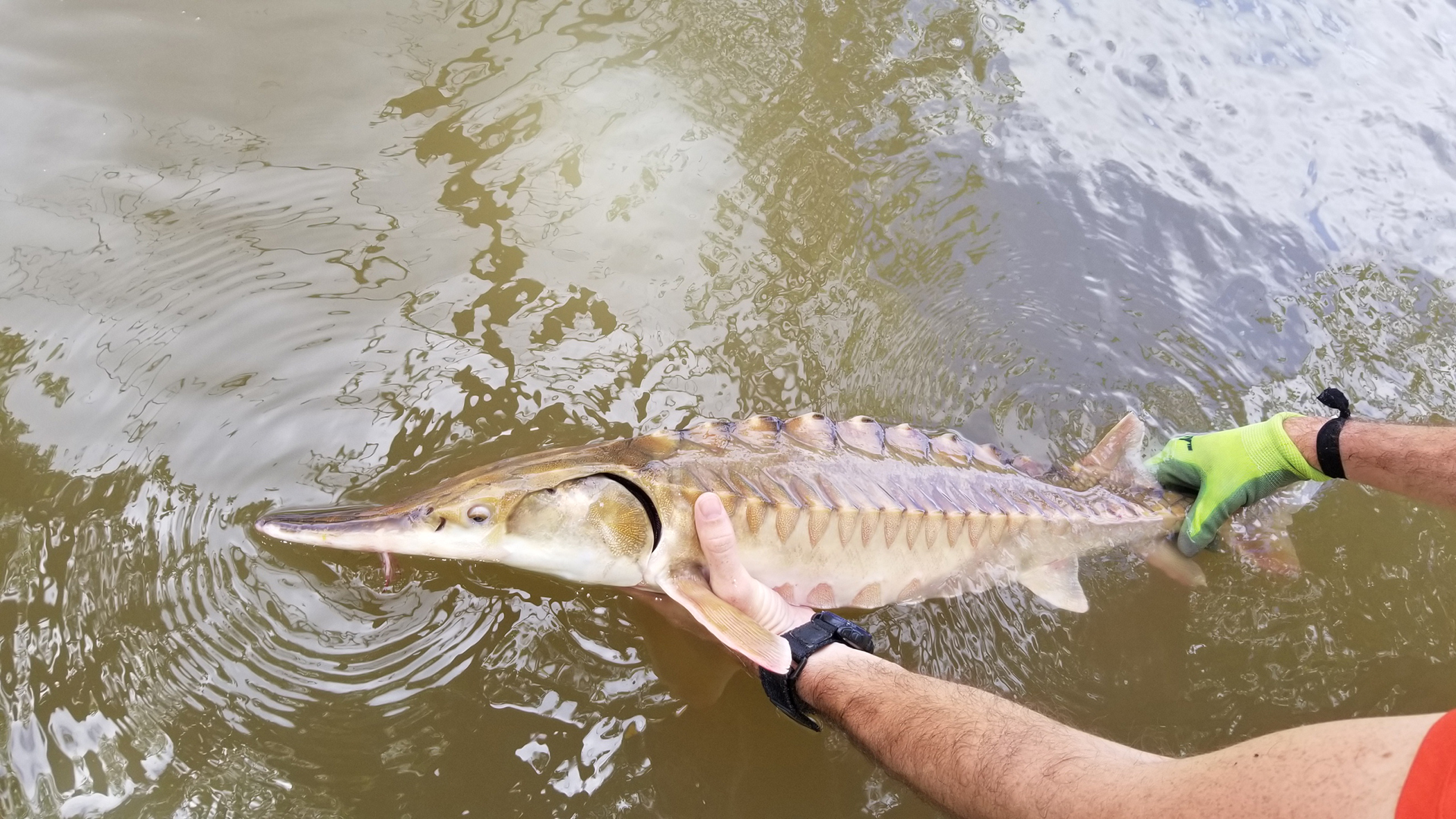Agricultural heritage systems, the custodians of ancient farming practices, face unprecedented challenges from climate change and urbanization. This study presents a detailed geographical analysis coupled with strategic management approaches to conserve these invaluable systems.
Tag: Conservation
FAU Sea Turtle Experts Provide ‘Best Practices’ During Nesting Season
Three internationally renowned FAU researchers provide “best practices” and answer some of the most frequently asked questions to help protect Florida’s nesting sea turtles and their hatchlings.

Wildlife Conservation Society Bangladesh Program Honored with the Country’s Top Prestigious Bangabandhu Award in Bangladesh
The Government of Bangladesh bestowed the country’s most prestigious award for wildlife conservation, the Bangabandhu Award for “Dedicated Wildlife Conservation Organization,” to WCS Bangladesh in recognition of the program’s valuable contributions to advancing wildlife conservation management in Bangladesh.
Human activity contributed to woolly rhinoceros’ extinction
Researchers have discovered sustained hunting by humans prevented the woolly rhinoceros from accessing favourable habitats as Earth warmed following the Last Ice Age.
WCS Hosts Diverse/Reverse Vendor Fair at Bronx Zoo
The Wildlife Conservation Society (WCS) recently hosted its first-ever Supplier Diversity event, “Diverse/Reverse Vendor Fair” supported by Columbia University and Ascend NYC on May 23rd, with more than 25 vendors showcasing their products and services to various business units throughout WCS.
Researchers Identify Priority Areas That Deliver on Climate Change, Biodiversity and Health
To meet the imperative of the Kunming-Montreal Global Biodiversity Framework target, which seeks to protect at least 30 percent of the planet by 2030, researchers in an essay in PLOS Biology argue that “conservation areas need to be large enough to encompass functioning ecosystems and their associated biodiversity, and located in areas of high ecological integrity.”

Study enhances forest monitoring accuracy in Mexico
Led by the University of Delaware, a team of researchers assessed forest extent in Mexico using satellite data and ground inventories with the goal of improving accuracy in forest monitoring. The research will improve future data collection efforts and enhance decision-making for forest management.
High genetic diversity discovered in South African leopards
Researchers say the discovery of very high genetic diversity in leopards found in the Highveld region of South Africa has increased the need for conservation efforts to protect leopards in the country.
WCS Library and Archives Unveils Digitized Historic Film Collection
The Wildlife Conservation Society (WCS) Library and Archives, based at the Bronx Zoo, is proud to announce the completion of its Shelby White and Leon Levy Film Initiative.

More Than 2 Million Gazelle Still Roam the Mongolian Steppe
A new publication in FirstView in Oryx sheds light on the status of Mongolian gazelle populations across Mongolia, Russia, and China, revealing both successes and challenges in the conservation efforts of this iconic species
Florida Wildlife Corridor Eases Worst Impacts of Climate Change
Florida is projected to lose 3.5 million acres of land to development by 2070. A new study highlights how Florida can buffer itself against both climate change and population pressures by conserving the remaining 8 million acres of “opportunity areas” within the Florida Wildlife Corridor (FLWC), the only designated statewide corridor in the U.S.

First Time Ever Observed: The Nesting of a Reintroduced Critically Endangered Siamese Crocodile
A new research paper in the Journal of Threatened Taxa has confirmed for the first time the nesting of a reintroduced female Siamese crocodile. Two hatchlings resulted from the nesting, and they are now being head-started, raised by conservationists in captivity until they are old enough to be successfully released into the wild.
SUNY ESF Leads Groundbreaking Research in Groundwater’s Role in Ecosystem Sustainability
Groundwater has been largely unstudied in its importance and role in sustaining ecosystems.
US House Foreign Affairs Committee Advances Bipartisan Bill for Global Conservation
“USFICA would create a public-private partnership to save wildlife and wild places around the world. What that means is government funds would leverage private support, making public dollars go much farther. And those monies would go directly to protected areas and parks around the world.” John Calvelli, WCS Executive VP for Public Affairs

Monitoring and measuring biodiversity require more than just numbers; scientists advocate for change
A study led by University of Florida scientists published today in the journal of Trends and Ecology and Evolution advocates for change to promote standardized practices in the field – a practice that has been missing from the science.
NASA Space Technology and Google Earth Engine Computing Power Are Helping to Save Tigers
A new computer platform called TCL 3.0 represents a breakthrough in how scientists measure and monitor changes in tiger habitat and provides a framework for monitoring other wildlife species across the globe.
First-ever report of Nesting of incredibly rare and endangered giant turtle
Biologists have discovered a breeding population of a Cantor’s Giant Softshell Turtle, as part of conservation efforts in the south of India.
New Research Reveals: The New York Bight Is an Important Year-Round Habitat for Endangered Fin Whales
Researchers aim to use their science to help inform best practices and strategies to better protect fin whales in waters off NY and NJ.
WCS Joins Mozambican President Filipe Nyusi to Advance Conservation Efforts
The Wildlife Conservation Society was honored to be invited to participate in a high-level event today hosted by His Excellency Filipe Jacinto Nyusi, the President of the Republic of Mozambique, at Maputo National Park.
CMS COP14, An Historic Opportunity to Protect the Guanaco Migrations
This iconic herbivore of the arid grasslands and the Andes Mountains in the Southern Cone, depends on vast and connected habitats to feed, reproduce, and rest.
Sea otters’ homecoming to a California estuary proves there is payoff in conservation
How restored top predators helped slow down coastal damage
Illinois expert available for Bat Week
URBANA, Ill. — Bats come out of the shadows during Bat Week (Oct. 24-31, 2023), an international awareness campaign that aims to educate the public about bat conservation in the week leading up to Halloween. University of Illinois Urbana-Champaign bat…
Bats take spotlight during October’s Bat Week: Illinois expert available
URBANA, Ill. — Bats come out of the shadows during Bat Week (Oct. 24-31, 2023), an international awareness campaign that aims to educate the public about bat conservation in the week leading up to Halloween. University of Illinois Urbana-Champaign bat…
Boom in “ice ivory” trade of mammoth tusks presents new threat to elephants and environment
A new study by the University of Portsmouth warns the close similarities between the tusks of elephants and mammoths poses threats to conservation and environment efforts.
Study: Wild pig populations in U.S. can be managed
Recent conservation efforts have proven effective at controlling wild pig populations in the Southeastern United States, according to new research from the University of Georgia’s Savannah River Ecology Laboratory and Warnell School of Forestry and Natural Resources. Within 24 months of the start of control efforts in the study area located around the Savannah River Site in Aiken, South Carolina, researchers found a reduction of about 70% in relative abundance of pigs and a corresponding decline in environmental rooting damage of about 99%.
New Research Reveals Dynamic Factors Shaping Biodiversity at Small Scales
Researchers studying arboreal ants in a Florida forest explore the fundamental question of how resource availability and competition shape biodiversity.
DNA breakthrough detects genetic diversity of invasive fish
Ecologists have demonstrated that the genetic material that species shed into their environments can reveal not only the presence of the species but also a broad range of information about the genetics of whole populations — information that can help scientists trace the source of a new invasive population as well as prevent further invasion.
Scientists find good places to grow long-spined sea urchins, a starting point to restore ‘the lawn mowers of the reefs’
University of Florida scientists are trying to raise as many urchins as possible because they eat algae that could otherwise smother reef ecosystems and kill corals. A UF post-doctoral researcher led newly published research that identifies algae on which larval sea urchins grow into juveniles in a lab setting.

Do artificial roosts help bats? Illinois experts say more research needed
Artificial roosts for bats come in many forms, but a new conservation practice and policy article from researchers at the University of Illinois Urbana-Champaign suggests the structures haven’t been studied rigorously enough and may harm bats in some scenarios.
Fire, disease threatening sanctuary plants for Australian wildlife
New research has revealed that Australia’s iconic grass trees – aka yaccas – play a critical role in protecting wildlife from deadly weather extremes, thereby ensuring their survival. But the grasses themselves are under threat due to back burning, clearing and disease.
Nauseous territory: outfoxing predators using baits that make them barf
In a world first experiment, Australian researchers have played a very clever trick on red foxes that could help curb millions of wildlife deaths every year.
Novel machine-learning method produces detailed population trend maps for 550 bird species
Scientists at the Cornell Lab of Ornithology have developed a novel way to model whether the populations of more than 500 bird species are increasing or decreasing.
AgriLife Research computer modeling researchers recognized
Two computer modeling and big data researchers at the Texas A&M AgriLife Blackland Research and Extension Center at Temple were part of a team award from a U.S. Department of Agriculture undersecretary recognizing contributions to farm production and conservation.
Shell game: Researchers find an uncommon wild bee thriving by nesting in a localized bonanza of old snail shells
Biologists at McMaster University studying the local abundance of a typically uncommon wild native bee have found a clear link between the unusual population spike and the concentration of a non-native snail in the same area.
The UN Holds Sessions on World Oceans Week
Word-renowned marine scientists like Stony Brook University’s Ellen Pikitch come together to talk conservation, ocean sustainability, and new technologies to enhance marine research Ellen Pikitch, PhD, Endowed Professor of Ocean Conservation Science at the School of Marine and Atmospheric…
Out of the frying pan: Coyotes, bobcats move into human-inhabited areas to avoid apex predators — only to be killed by people
In Washington state, the presence of two apex predators — wolves and cougars — drives two mesopredator species — bobcats and coyotes — into areas with higher levels of human activity, with deadly results for the mesopredators.
Nature is changing as land abandonment increases
A new perspective piece in Science shows that abandoned lands could be both an opportunity and a threat for biodiversity, and highlights why abandoned lands are critical in the assessment of global restoration and conservation targets.
Kangaroo Island ants ‘play dead’ to avoid predators
They’re well known for their industrious work, but now a species of ant on Kangaroo Island is also showing that it is skilled at ‘playing dead’, a behaviour that University of South Australia researchers believe is a recorded world first.
Northern and southern resident orcas hunt differently, which may help explain the decline of southern orcas
In the Pacific Northwest and British Columbia, southern resident orcas have experienced no net population growth since the 1970s. But northern resident orcas, with a similar diet and territory, have grown steadily. A new study may help explain why: The two populations differ in how they hunt for salmon, their primary and preferred food source.

Grassroots Data Vital for Reducing Deadly Bird-Window Strikes
Much of the progress made in understanding the scope of bird deaths from building and window collisions has come as the result of citizen science, according to a newly published study. But the study also concludes that such grassroots efforts need more buy-in from government and industry, and better funding so they can keep a foot on the gas in their efforts to reduce bird-window collisions.
U.S. birds’ Eastern, Western behavior patterns are polar opposites
Avian functional diversity patterns in the Western U.S., where species and functional richness are both highest during the breeding season, are the polar opposite of what is seen in the East, where functional diversity is lowest when species richness is high, according to new research.
Human-wildlife conflicts rising worldwide with climate change
New research shows that a warming world is increasing human-wildlife conflicts globally: Climate shifts can drive conflicts by altering animal habitats, the timing of events, wildlife behaviors and resource availability. It also showed that people are changing their behaviors and locations in response to climate change in ways that increase conflicts.
FAU Harbor Branch Lands U.S. EPA Grant for ‘Hands-on’ Indian River Lagoon Field Trip
The project will host 125 field trips, which will educate as many as 3,125 socially disadvantaged middle and high school students about Florida’s natural resources and the importance of conserving them.
Johns Hopkins Expert: Jimmy Carter Ahead of His Time as President
As former President Jimmy Carter receives hospice care, the 39th president should be remembered for his emphasis on human rights in American foreign policy and his work on energy conservation and sustainability. Those signature initiatives show Carter was ahead of…
WashU great ape, biodiversity research informs decision to expand Congolese park
This month, the Republic of Congo agreed to protect a 36-square-mile area called Djéké Triangle by making it part of the adjacent Nouabalé-Ndoki National Park — the only habitat in the world home to habituated groups of both gorillas and chimpanzees.
Corridors between Western U.S. national parks would greatly increase the persistence time of mammals
A new study analyzed the value of establishing ecological corridors for large mammals between Yellowstone and Glacier National Parks and between Mount Rainier and North Cascades National Parks. These corridors would enlarge populations and species to shift their geographic ranges more readily in response to climate change.
Study reveals the true value of elephants
An international team of researchers has mapped out the values and benefits of elephants to help overcome conservation challenges and conflict.
Years of monarch research shows how adding habitat will help conservation
A new peer-reviewed journal article provides an overview of Iowa State University research on the monarch butterfly, a synthesis of years of study that includes field observations, laboratory experiments and simulation modeling. The findings estimate that the state’s monarch conservation plan will increase the size of the monarch population by 10-25% per generation.
Quality, not just quantity, matters in COP15 “30 by 30” goal
A global deal to protect nature and the benefits it provides to people will be negotiated during the United Nations COP15 biodiversity conference in Montreal, with a key target of the new biodiversity framework calling for at least 30 per cent of global land and sea areas to be conserved by 2030.

Hurricane’s effects killed sturgeon in Apalachicola River
As hurricane Michael churned through the Gulf of Mexico to make landfall near Florida’s Apalachicola River in 2018, it left a sea of destruction in its wake. The path was easy to follow on land, but debris and infrastructure failures also diminished the river’s water quality and led to the death of roughly half the gulf sturgeon population there.